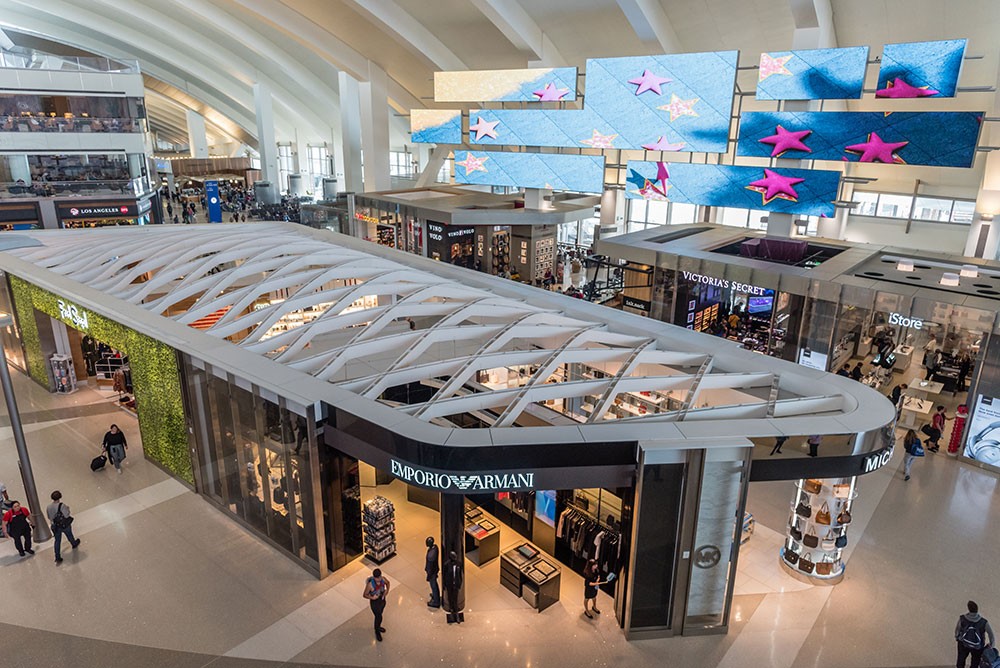Los Angeles health officials are investigating a measles outbreak—the first cases of transmission within the county in 2019, according to the L.A. County Department of Public Health.
Per the Department, five cases have been confirmed among county residents to date.
Los Angeles International Airport (LAX) and the University of California at Los Angeles (UCLA) are among potential locations of measles exposure. No ages of patients were released, but public health officials say the majority of the cases were unvaccinated.
This outbreak follows a jump in the number of measles cases nationwide. According to the Centers for Disease Control and Prevention (CDC), an estimated 626 individual cases have been confirmed this year in 22 states.
That’s the second-highest total since measles was declared eliminated in 2000.
Where Did LA Measles Exposures Occur?
The following locations have been identified as potential measles exposure locations:
- Los Angeles International Airport (LAX), Tom Bradley International Terminal, arrived at Gate 218 on April 1 from 6:30 a.m. to 9 p.m.
- University of California at Los Angeles (UCLA), Franz Hall on April 2, 4, and 9 and Boelter Hall on April 2 and 9 from 10 a.m. to 6 p.m.
- California State University, Los Angeles, Main Library, on April 11 from 11 a.m. to 3 p.m.
- El Pollo Loco Restaurant, 1939 Verdugo Blvd, La Cañada Flintridge, on April 11 from 2 p.m. to 4:30 p.m.
- El Sauz Tacos, 4432 San Fernando Rd, Glendale, on April 13 from 1:30 p.m. to 4 p.m.
There is no known current risk related to measles at these locations at this time, public health officials say. The Department of Public Health investigates all cases in the county and identifies potential contacts to try to prevent additional spread of measles.
“We will likely see additional measles cases in Los Angeles County, so it is important if you or someone you know has symptoms of measles or has been exposed to contact your healthcare provider by phone right away before seeking treatment,” said Muntu Davis, MD, MPH, Los Angeles County Health Officer, in a press release.
“The best way to protect yourself and to prevent the spread of measles is to get the measles immunization, with two doses being about 97% effective at preventing measles," he added.
What Causes the Measles and Who Is at Risk?
Measles is a highly contagious respiratory disease caused by a virus and most commonly spread through coughing or sneezing.
Symptoms can include rash, high fever, cough, runny nose and watery eyes.
The people most at risk are those who have not been vaccinated against the illness.
The CDC states that the current recommendation is for children get two doses of measles, mumps, and rubella (MMR) vaccine, and for teens and adults to get up-to-date on their MMR vaccinations. According to the CDC, about three out of 100 people who get the two doses of the vaccine will still get measles if exposed to the virus.
Because some people are either immune to the vaccine or cannot be vaccinated, we rely on herd immunity, or community immunity. The idea is simply that by having a majority of people vaccinated against a certain disease, it is harder for it to spread and become an outbreak.
However, there are several reasons why people may not be vaccinated or, if they are, can still catch the measles. For example, babies under 12 months old are too young to be vaccinated; therefore they are at risk if a parent or guardian is exposed. Other people at risk include those with autoimmune diseases or a weakened or failing immune system.
How to Protect Yourself and Attendees From the Measles and Other Airborne Diseases
When we hear about exposures to the measles and other airborne diseases in very public places, especially in bustling locations such as airports, it can cause alarm. An exposure to airborne diseases occurs when a person is in the same confined space with a carrier of the disease. The exposure period extends up to two hours after the infected person has left.
[Related Content: How to Avoid the Flu at Meetings and Events]
The exposure to measles cannot be completely avoided, but we can take additional steps to help prevent the spread of the disease for those that are not vaccinated, such as:
- Washing hands frequently. If soap and water aren’t available, use an alcohol-based hand sanitizer that contains at least 60% alcohol.
- Cover your nose and mouth when coughing or sneezing.
- Avoid sharing items such as utensils, plastic straws and water bottles, as well as electronics like cell phones, tablets and laptops.
Find more tips for meeting planners to prevent airborne illnesses:
This article was first published in March 2019 and was updated April 24, 2019.






